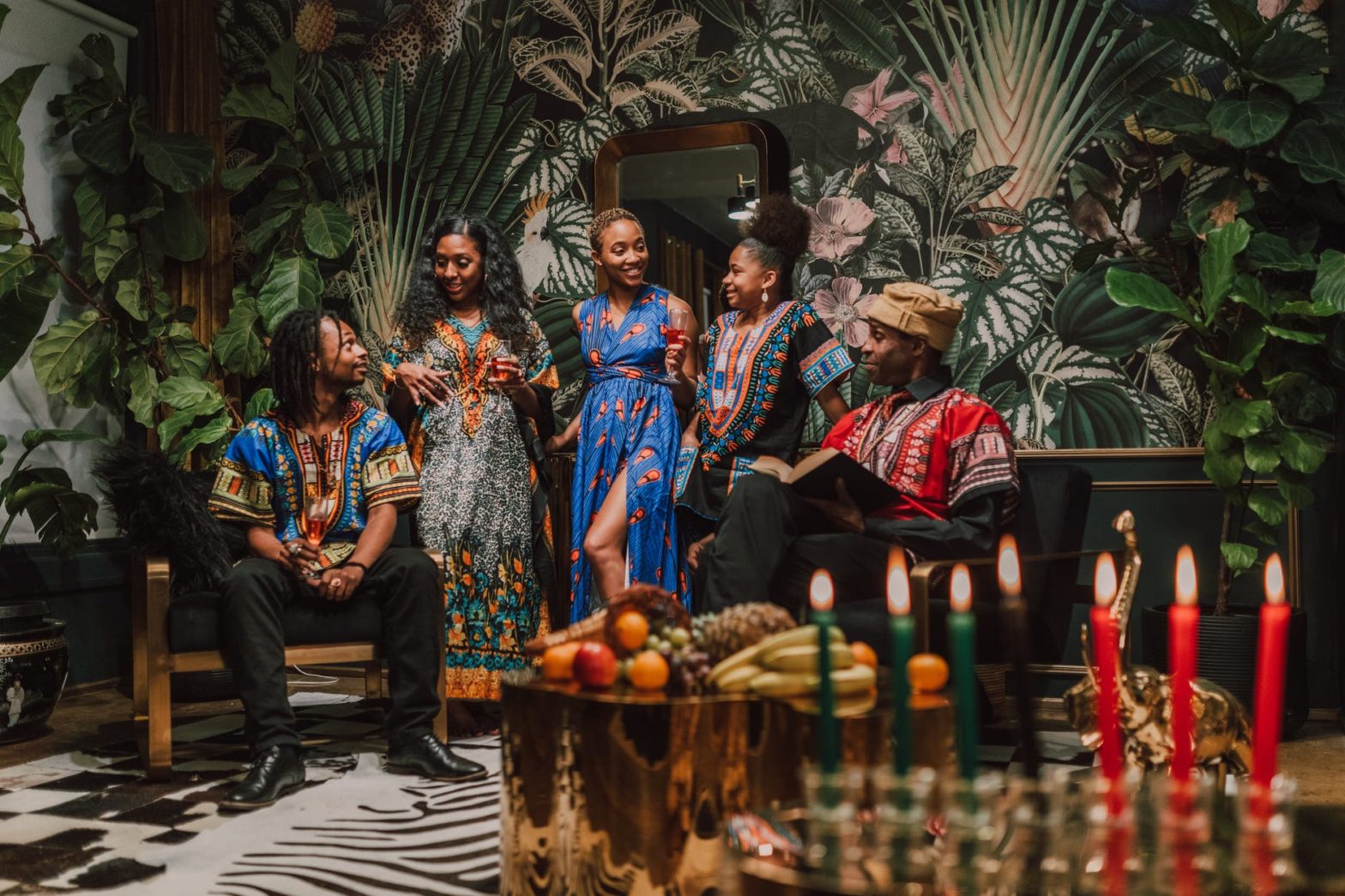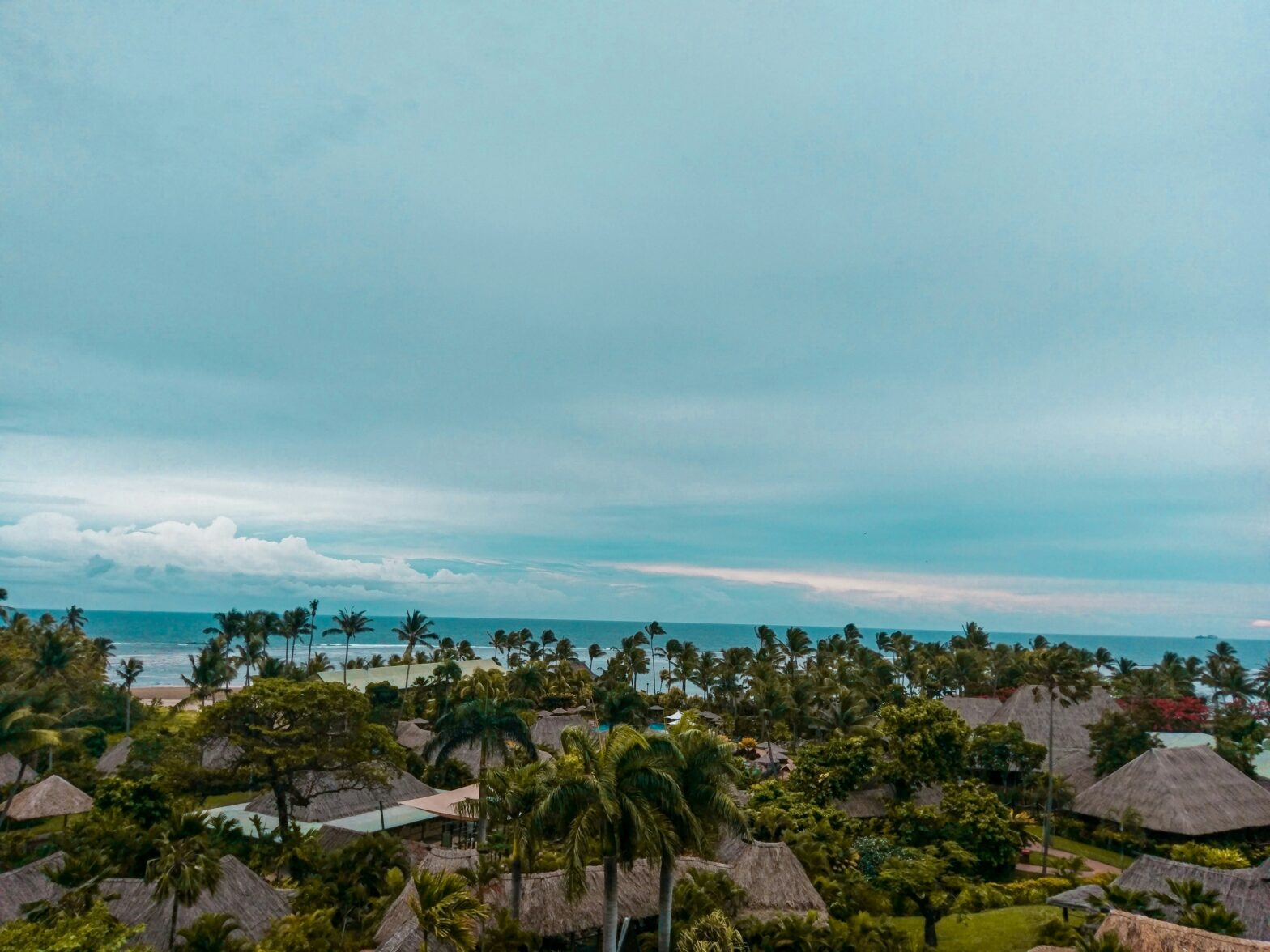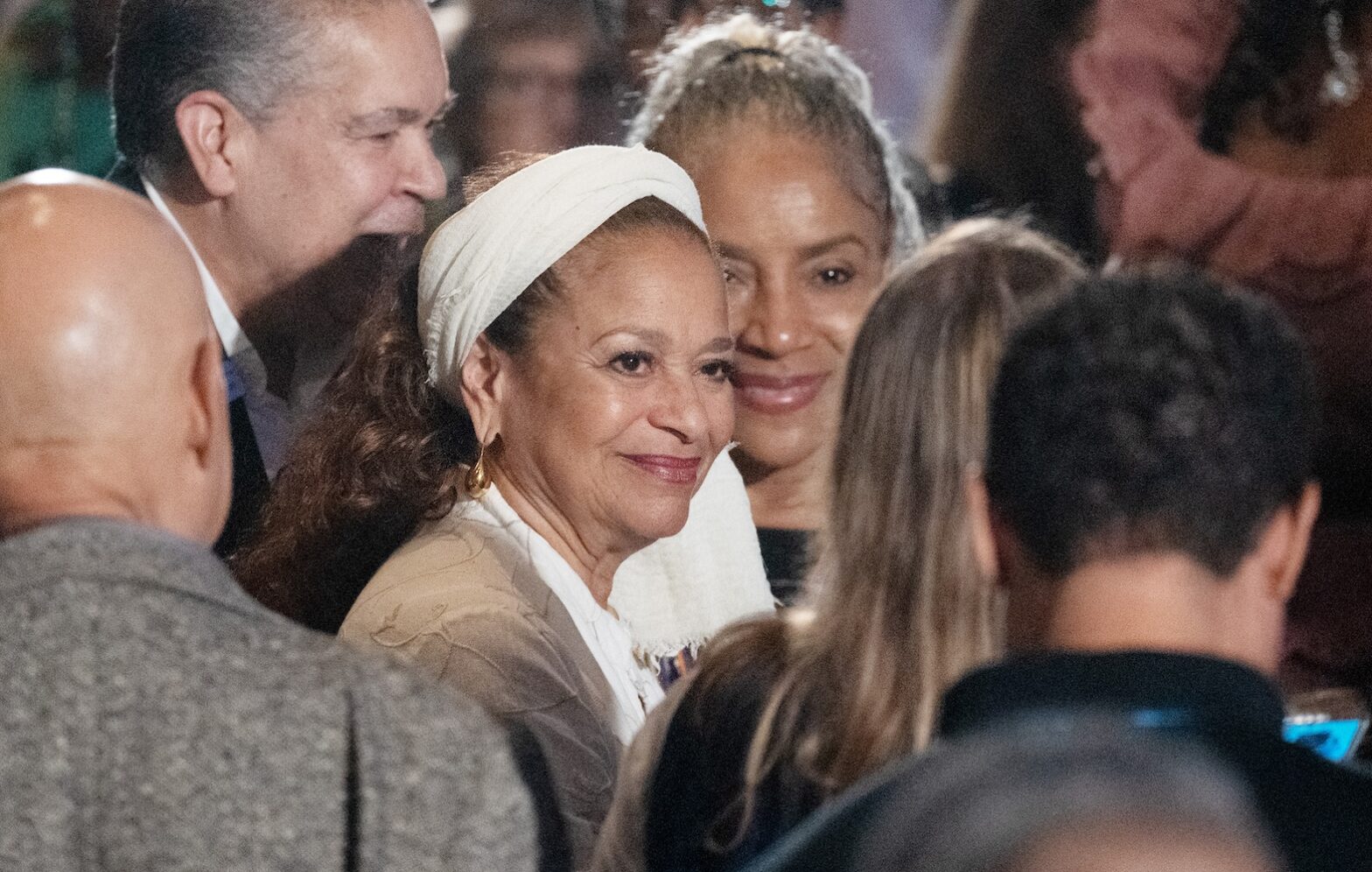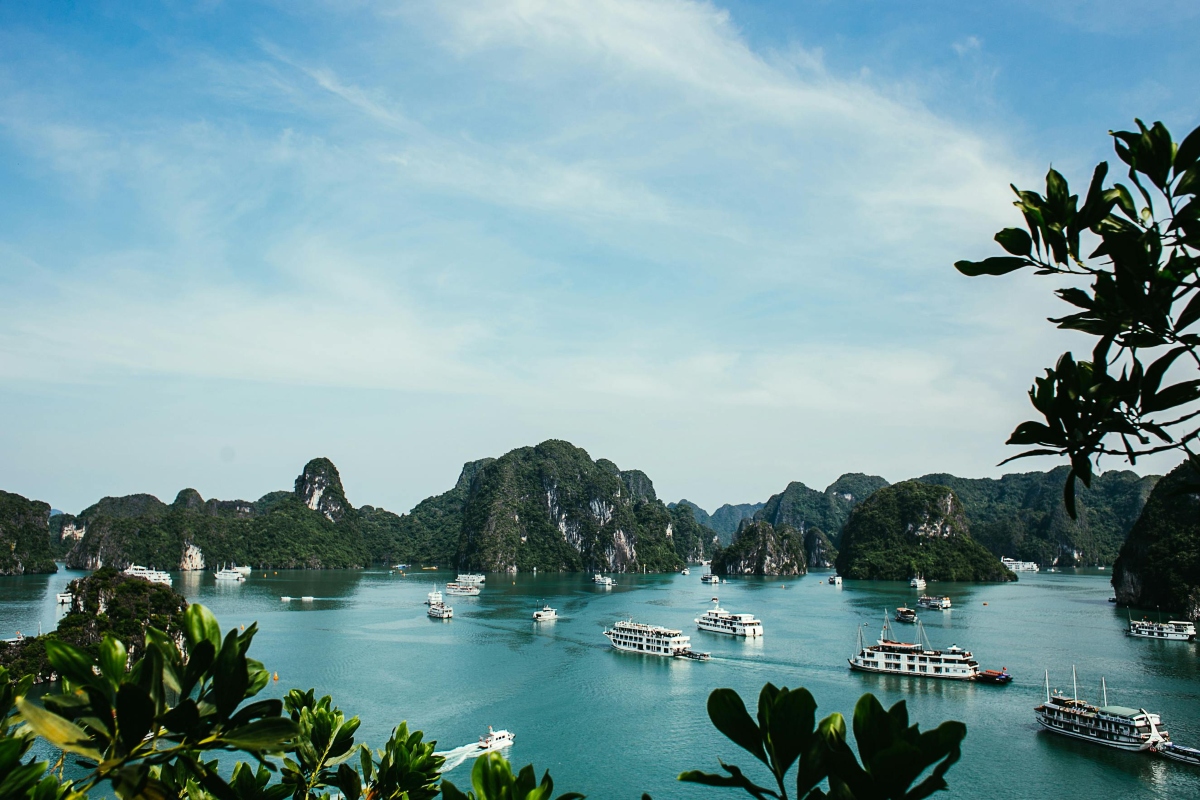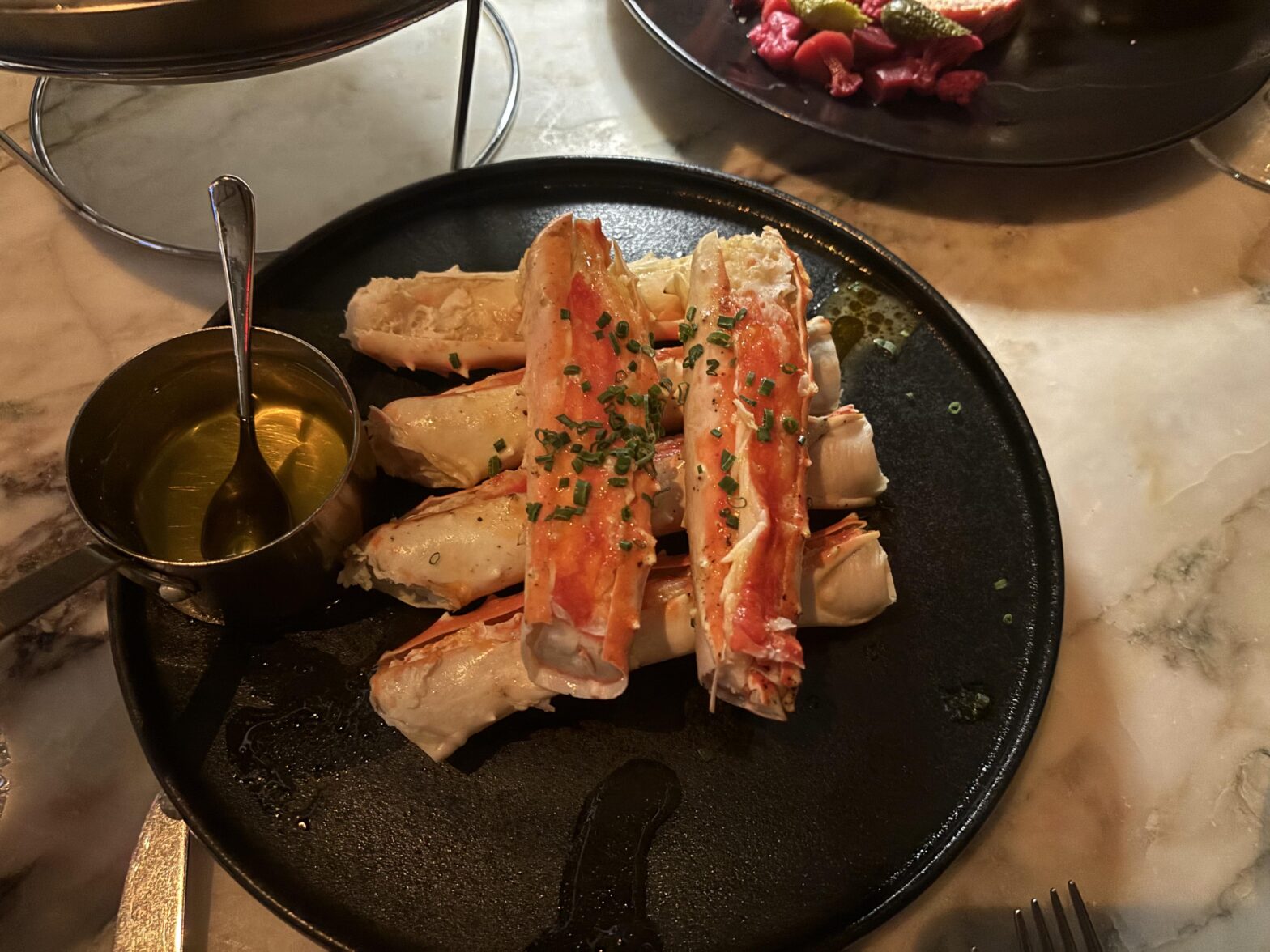As the holiday season enters its final act, Kwanzaa commenced on December 26, and runs until New Year’s Day. Unlike Christmas and Hannukah, Kwanzaa is relatively new, and started in 1966.
It was founded by Dr. Maulana Karenga, who drew inspiration from West African harvest festivals. In that spirit, a karamu, or feast, is held towards the end of Kwanzaa.
Dr. Karenga, a professor of Black studies at California State University (Long Beach), felt that people of African descent deserved a holiday of their own. Kwanzaa is celebrated from Los Angeles to New York, but it encourages Black people across the diaspora and around the world to honor their ties to the motherland.
In some circles, it’s a seven-day-long celebration of Black excellence through music, food, storytelling and other means.
The name Kwanzaa comes from the Swahili phrase matunda ya kwanza, meaning first fruits. Celebrants observe Nguzo Saba, the seven core principles, one at a time. Families gather around a kinara, light a candle, and discuss the principle of the day at length.
When you read these principles, you’ll notice that less emphasis is placed on individual advancement than fortifying the Black community as a whole.
Kwanzaa’s Seven Principles
In order, the seven principles as written by Dr. Karenga are:
Umoja (oo-mah-ja): “To strive for and maintain unity in the family, community, nation and race.” Umoja is Swahili for Unity.
Kujichagulia (koo–gee–cha–goo–LEE–yah): This is self-determination. “To speak for ourselves, define ourselves and create for ourselves.”
Ujima (oo-gee-mah): “To build and maintain our community together and make our brother’s and sister’s problems our problems and to solve them together.”
Ujamaa (oo-ja-mah): This principle refers to entrepreneurial advancement by endorsing Black-owned businesses. “To build and maintain our own stores, shops, and other businesses and to profit from them together.”
Nia (nee-yah): “To make our collective vocation the building and developing of our community in order to restore our people to their traditional greatness.”
Kuumba: (koo-oom-bah): “To do always as much as we can, in the way we can, in order to leave our community more beautiful and beneficial than we inherited it.”
Imani (ee-mah-nee): This is faith in Blackness. “To believe with all our heart in our people, our parents, our teachers, our leaders, and the righteousness and victory of our struggle.”

The Seven Symbols of Kwanzaa
There are also seven physical symbols connected to Kwanzaa. The kinara, the candleholder, is prominently featured in Kwanzaa celebrations. It symbolizes the connection Black people have to Africa.
The seven candles in the kinara are called mishumaa saba. They are red, green and black, which also happen to be the colors of the Pan-African flag.
Vibunzi is an ear of corn, representing fertility and children. If there is more than one child in the family or group, you might see two or even more. The plural for vibunzi is muhindi.
Kikombe Cha Umoja is the Unity Cup, which is used in libation ceremonies in remembrance of the dead. According to The New York Times, “it is passed to each family member or guest to promote unity. The eldest person present pours the tambiko (libation) usually water, juice, or wine, in the direction of the four winds – north, south, east, and west – to honor the ancestors.”
Zawadi refers to the exchanging of gifts. As mentioned by History, “handmade gifts are encouraged to promote self-determination, purpose, and creativity and to avoid the chaos of shopping and conspicuous consumption during the December holiday season.”
Mkeka is a mat crafted from straw or cloth and it represents history. Traditionally, the other six objects are set on it as a way of symbolizing that the present, and the future, are built on history,
Mazao are the fruits, nuts and vegetables. These represent “the fruits of collective planning and work.”
As you celebrate Kwanzaa, especially in light of an extraordinarily challenging two years, consider the core principles. Which of them resonate the most, and how do you choose to elevate Blackness in your day to day?
